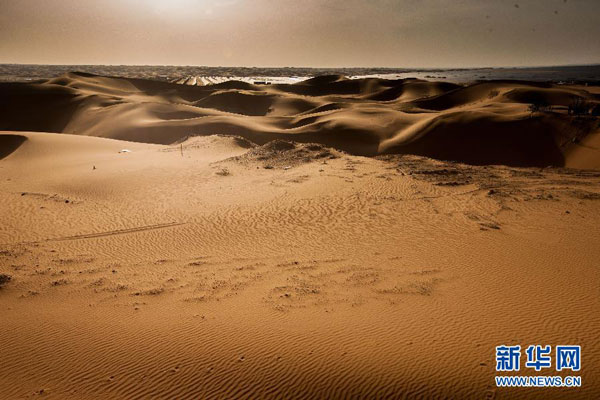
(File Photo)
According to Chinese Academy of Sciences, a study led by the Institute of Ecology and Geography has discovered the "Carbon Sequestration" stored in saline aquifers in the desert that the world's scientists have been struggling to search for decades. This finding creates a new direction on the research on "Carbon Sequestration".
Of the carbon dioxide produced by fossil fuel combustion, one part is stored to the atmosphere (causing atmospheric carbon dioxide concentrations to increase), one part goes to the ocean, but there are still some carbon dioxide disappeared. For decades, scientists have tried to find "the lost carbon sinks', and have basically reached the agreement that it's in terrestrial ecosystems.
Until a few years ago, Chinese and American scientists discovered that there's CO2 flux entering into the surface of the desert region, inferring that a big carbon sink may exist in the desert. These findings bring also the question that how it is possible for sparse plants in the barren desert to absorb the carbon dioxide at such a large quantity.
After ten years' study, the research team led by Li Yan, researcher from Institute of Ecology and Geography of Chinese Academy of Sciences, has found the answer: the "Carbon Sequestration" is stored in saline aquifers in the desert.
"The total amount of the Carbon Sequestration in desert is estimated to be up to 100 billion tons worldwide, which becomes the third active carbon sinks besides plants and soil," said Li Yan.


















































